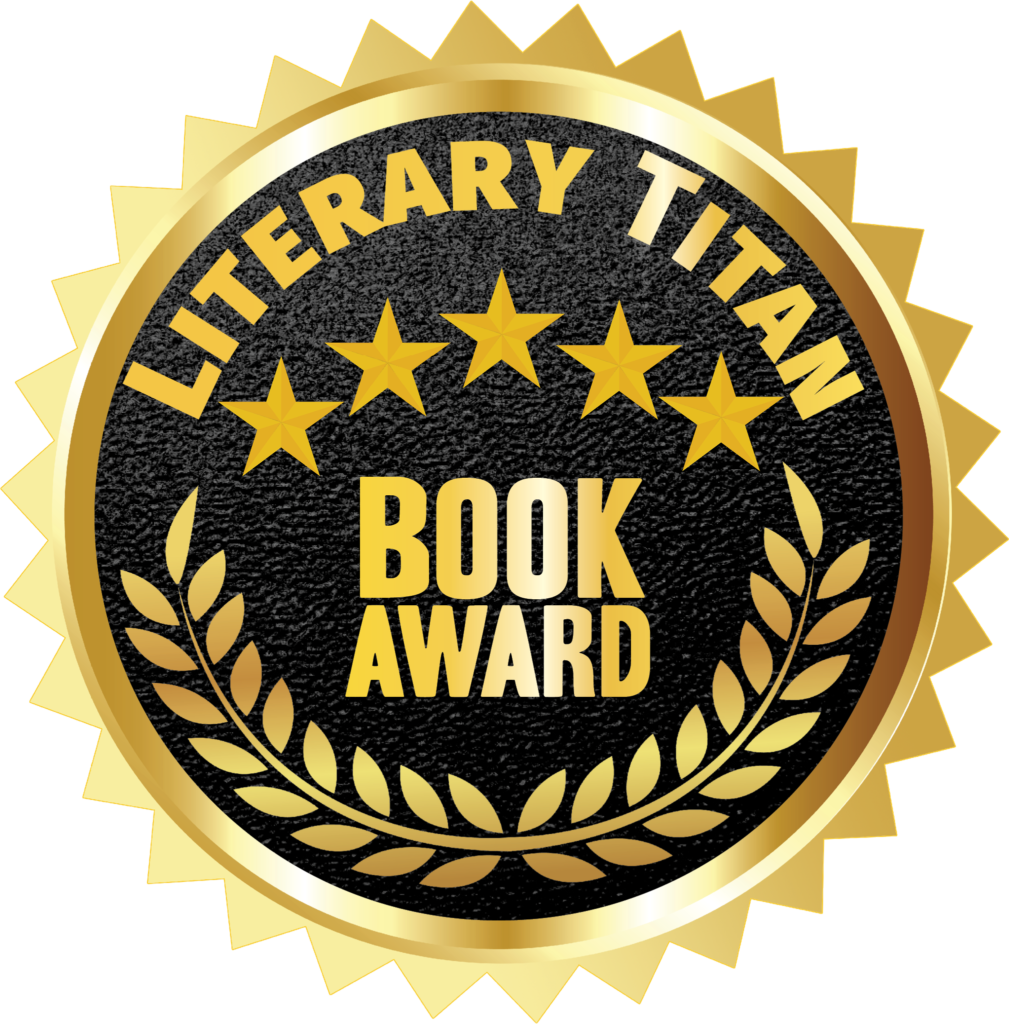Here we are with another symbol from Snow White! So far this month we’ve covered the poisoned apple, the magic mirror and mysterious ore (which was, admittedly, a stretch on my part, haha). Today we’re diving into one of the actual human characters of the story, the huntsman. In most versions of the tale, the queen asks the huntsman to kill Snow White and take her heart. At the last moment, he is overcome by guilt and instead lets Snow White go in the forest, choosing to bring back some animal heart for the queen.
The huntsman himself isn’t a discrete symbol the way a mirror or a poisoned apple might be. He’s more a representation of several themes coming together. As we know it, the story of Snow White was part of the Grimm tales in the 1800s, and is usually set in the 1500s or so in Germany. In the 1500s especially, hunting would have been a fact of life–but also somewhat illicit: usually, only nobility could hunt freely. Thus the huntsman already has a job that’s a bit outside of the law. He’s both a servant and ‘lone wolf’ character. It makes some sense, then, that the queen would ask him to do something even shadier!
But what I think is really interesting about the character is the interplay of obedience and wildness. Both Snow White and the huntsman start out under the queen’s thumb, living in court. The huntsman, though, being a character whose job it is to go into the forest and track animals, is already a little wild. And when he makes the choice not to kill Snow White, she becomes fully ‘wild,’ in that she abandons court and its rules and lives in a tiny cabin somewhere in the forest. The idea of wilderness and deep forest would have had overtones of dangerous at the time (and still do today!). The wilderness is uncontrolled and unforgiving. A fitting transition for Snow!
In my own story, Cold as Snow, the huntsman character becomes Sir Rowan, a knight of dubious helpfulness but very controlled manners. Though he does take up residence in the forest, his wildness is more of the moral variety. I knew from the beginning that my retelling needed some kind of huntsman, but I wasn’t sure exactly what role he would play. It turned out that, like the original huntsman, he couldn’t stick to just one role!
Selected Sources
For today’s post, a lot of the conclusions drawn are my own. 🙂 But if you’re interested in medieval hunting, check out this collection of articles, or find a much shorter overview from History Today.






1 Pingback